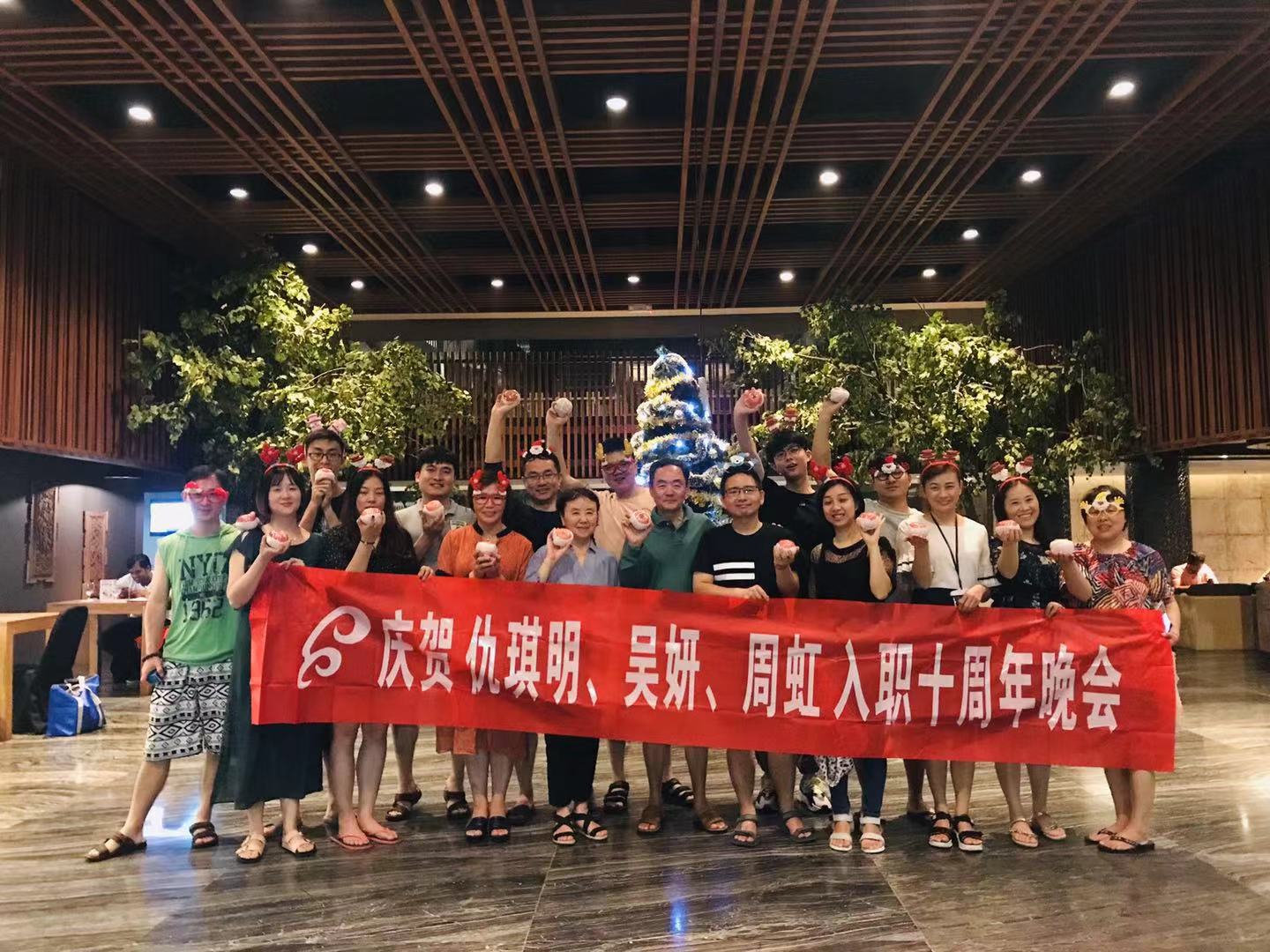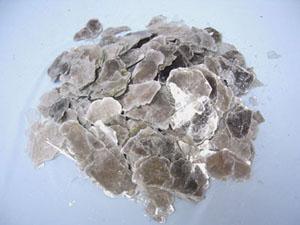
Mr. Terry
Leave a message
Mr. Terry
Leave a message
Mica is a rock-forming mineral that usually assumes a pseudo-hexagonal or diamond-shaped plate, sheet, and columnar crystal form. The color varies with the chemical composition, and becomes deeper with increasing Fe content. The characteristics of mica are insulation, high temperature resistance, luster, stable physical and chemical properties, and good thermal insulation, flexibility and toughness. Most used in industry is muscovite, followed by phlogopite. Its widely used in the building materials industry, fire protection industry, fire extinguishing agents, welding electrodes, plastics, electrical insulation, paper, asphalt paper, rubber, pearlescent pigments and other chemical industries. Mica also appears as a character name in anime.

Mica (mica) is the most widely distributed rock-forming mineral, and is a general name for aluminosilicates with layered structures such as potassium, aluminum, magnesium, iron, and lithium. Mica is prevalent in many types, among which the monoclinic system is common, followed by the trigonal system, and the others are rare. The most common minerals in the mica group are biotite, muscovite, phlogopite, lepidolite, sericite and so on. Mica usually assumes a pseudo-hexagonal or rhomboid plate, platelet, and columnar crystal form. The color varies with the chemical composition and it mainly becomes deeper as the iron content increases. Muscovite is colorless and transparent or light-colored; biotite is black to dark brown, dark green and other colors; phlogopite is yellow, brown, green or colorless; lepidolite is lavender, rose red to gray. Glossy glass, pearlescent on the cleavage surface. Mohs hardness is generally 2 ~ 3.5, the proportion of 2.7 ~ 3.5. The cleavage of the parallel bottom surface is extremely complete. Muscovite is one of the widely-distributed rock-forming minerals and has yields in all three major rock types. Mudstones can form sericite during metamorphism in low-grade areas and become muscovite when the metamorphism is slightly high. During the late stage of acid magma crystallization and pegmatism, a large amount of muscovite was generated. It can also be generated during the process of alteration from high temperature to low temperature. The so-called geology is one of the high-temperature alterations that can form a large amount of muscovite. The so-called sericitization is one of the moderate-low-temperature alterations that can form a large amount of sericite. The muscovite is weathered and broken into very fine scales, which can either become detritus in the sediment or can be one of the mineral components of the mudstone.
Muscovite and phlogopite have good electrical insulation and non-thermal conductivity, acid resistance, alkali resistance and pressure resistance, and are widely used to make electrons and electricity.
Mica gas industrial insulation materials. Mica chips and powders are used as fillers. Lithium mica is also the main mineral raw material for extracting lithium.
Mica minerals have long been used by humans because of their large crystals and colorful colors. In Chinese ancient books, there are records of their titles: Huapilian, Tianbing, Tianpi, Dijin, Old Scraping Gold, Qianzhi Paper, Yuanyang, Yunmiqi and Xionghei. The pigment used in Tang Cave 112 of the Mogao Grottoes in Dunhuang was shiny and bright. After X-ray diffraction analysis, the natural muscovite was finely ground. Excellent color rendering.
Although China has long recognized and used muscovite and phlogopite, the formal exploration of the mica deposit was carried out after the founding of the People's Republic of China. Since 1952, the muscovite deposits in Danba, Sichuan and Tuguiwula, Inner Mongolia have been successively carried out. Census exploration and achieved better results. In 1958, the National Mica Conference was held in Fanyi, Shanxi Province, and it was decided to vigorously carry out the census and exploration of mica. At that time, the discovery of the Altai Mica deposit in Xinjiang played a major role in the development of mica resources in China, and also provided a survey for the mica deposit. Exploration work has accumulated experience. Subsequently, the discovery of the MgSi muscovite deposit in the East China Sea in Jiangsu Province was utilized by industry and new industrial mica species were added to China. Mica deposits in Wulashan, Dabieshan, Qinling, Liaoning, Sichuan, and Yunnan in Inner Mongolia have been discovered one after another and expanded mica resources. Since the 1980s, the departments of building materials, mines and mines have launched
General survey of mica on crushing mica and sericite. To date, the Lubaishan Village in Lingshou, Hebei Province, is China's largest producer and processor of crushing mica and biotite. After detailed investigation, he discovered the crushing mica mine at the gate of Tanzhuang Township, Lingshou, Hebei Province, discovered sericite sites in Inner Mongolia, Liaoning, and Hubei, and made progress in the industrial application research of crushing mica and sericite.
In the 1950s and the mid-1970s, China had listed muscovite and phlogopite as strategic resources. The earliest mining was the Sichuan Danba mica mine, and later Xinjiang, Inner Mongolia, Shanxi, Hebei, Shandong, Henan, Shaanxi, and Yunnan. Mica mines in the provinces and autonomous regions have been mined in succession. The main state-owned mines are Altay in Xinjiang, Danba in Sichuan, and Tuguiwula in Inner Mongolia. There are also hundreds of county offices, townships, and individual mines. Before 1978, the annual production of industrial raw material mica was 1,700-2,500 tons. After 1978, the output decreased year by year due to fundamental changes in the mica consumption structure.
Mineral characteristics
Mineral composition of ore
The main minerals of muscovite pegmatite ore are micro-plagioclase, feldspar, quartz, and muscovite. The secondary minerals are biotite, garnet, and electricity.
Mica, apatite, beryl, and ilmenite.
Apatite, tremolite, diopside, calcite, carbonate rock and microcline are often found in the veins of the phlogopite deposits.
Muscovite in the fine fine muscovite deposit generally accounts for 50-70%, potassium feldspar and quartz accounts for about 10%, trace minerals are magnetite and limonite.
Mineral characteristics of the target mineral
Mica is an aluminosilicate mineral with a continuous layered silica tetrahedral structure. Divided into three sub-categories: muscovite, biotite and lepidolite. Muscovite includes muscovite and its subspecies (sericite) and less common sodium mica; biotite includes phlogopite, biotite, ferrobite, and manganese biotite; lepidolite is a variety of mica rich in lithium oxide. Small scales. Industrial use, especially in the electrical industry, is muscovite and phlogopite.
Muscovite has the chemical formula KAl2[AlSi3O10][OH]2, wherein SiO2 is 45.2%, Al2O3 is 38.5%, K2O is 11.8%, and H2O is 4.5%. In addition, it contains a small amount of Na, Ca, Mg, Ti, Cr, Mn, Fe and F. Wait.
The chemical formula of phlogopite is KMg3[AlSi3O10][F,OH]2, among which K2O is 7 to 10.3%, MgO is 21.4 to 29.4%, Al2O3 is 10.8 to 17%, SiO2 is 38.7 to 45%, and H2O is 0.3 to 4.5% , with a small amount of Fe, Ti, Mn, Na and F and so on.
a, crystal, crystal
Mica is mostly monoclinic, in the form of laminated or booklet-like crystals. The well-developed mica or hexagon with six crystal faces sometimes forms pseudo-hexagonal prismatic crystals.
b. Cleavage, image or pressure
Mica has perfect cleavage and can be split. In theory, muscovite can be stripped to about 10, and phlogopite can be stripped into 5 or 10 slices.
The hidden cleaving of mica crystals is image and compression.
c, color, gloss and transparency
Muscovite flakes are generally colorless and transparent, but they are often stained with shades of green, brown, yellow, and pink; the sheen of glass is a pearl sheen on the cleavage surface. Phlogopite is usually yellow, brown, dark brown or black; glass sheen, and the cleavage surface is pearl or semi-metallic luster.
Muscovites have a transparency of 71.7 to 87.5% and phlogopite of 0 to 25.2%.
d, hardness and elasticity
The Muscovite hardness of muscovite is 2 to 2.5, the phlogopite is 2.78 to 2.85, the elastic coefficient of Muscovite is (1475.9 to 2092.7×106 Pa (15050 to 21340 kg/cm2), and the phlogopite is (1394.5 to 1874.05)×106 Pa (14220). ~19110kg/cm2).
Ningbo Ram Electric Material Ltd.
Business Type:Manufacturer , Trade Company
Product Range:Ceramic Fiber Blankets , Heating Equipment , Mica
Products/Service:Mica Sheet , Mica Heating Film , Mica Tape , Mica Tube , Mica Heating Element , Mica Paper
Certificate:ISO9001 , CE , EMC , RoHS , TUV , UL , VDE
Company Address:Room 1001-A, No. 312 Alley 645 Renmin Road, Jiangbei, Ningbo, Zhejiang, China, Ningbo, Zhejiang, China